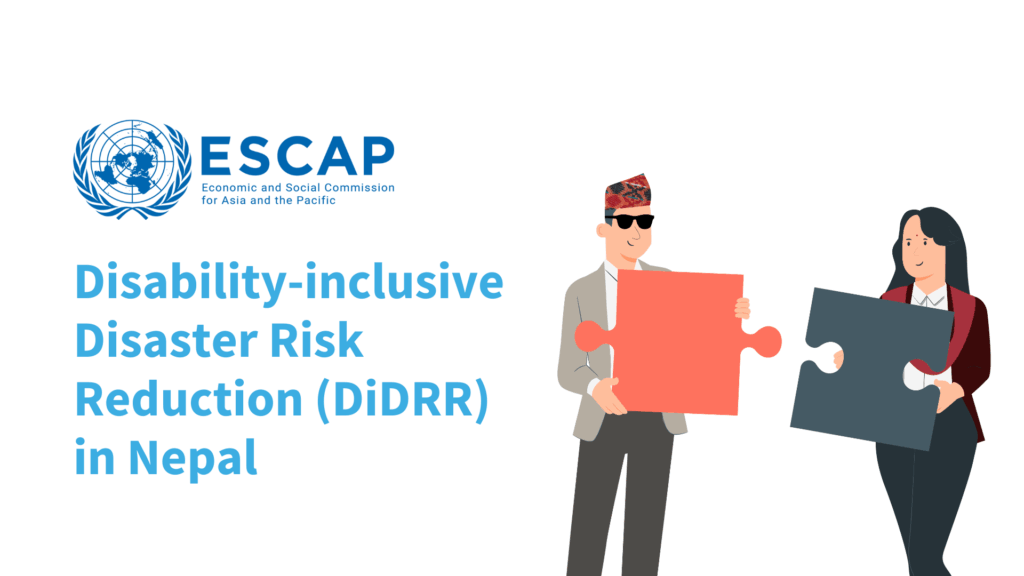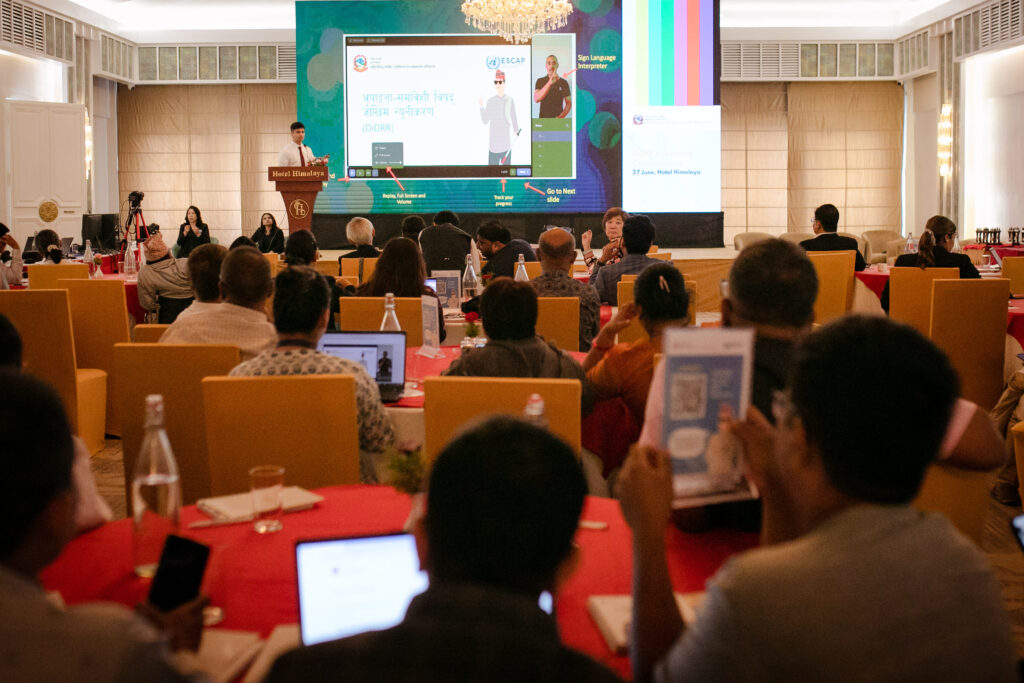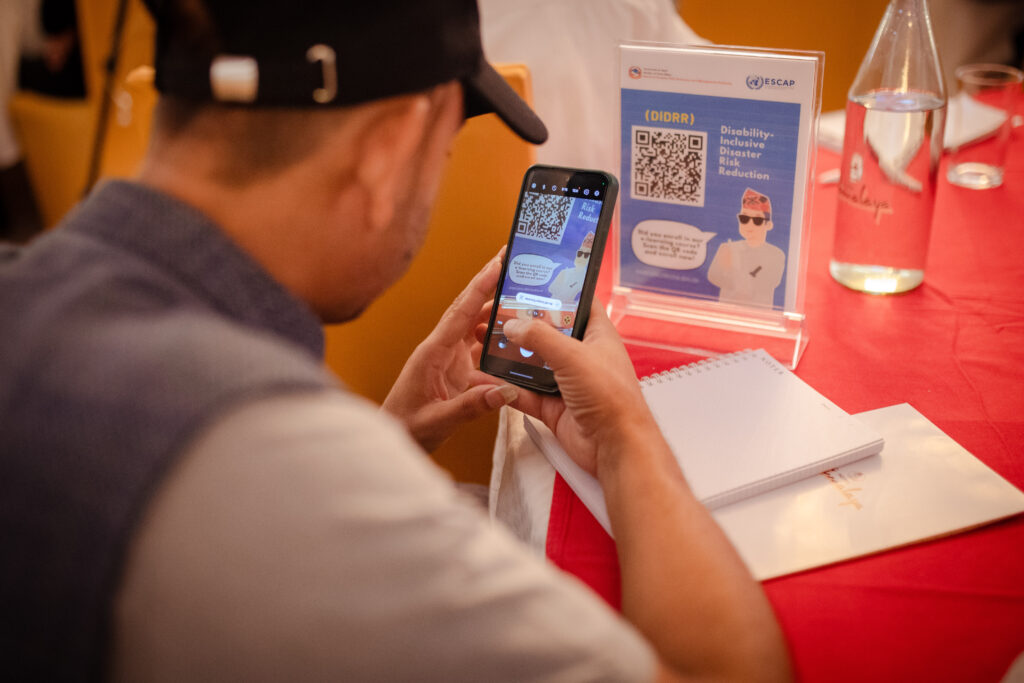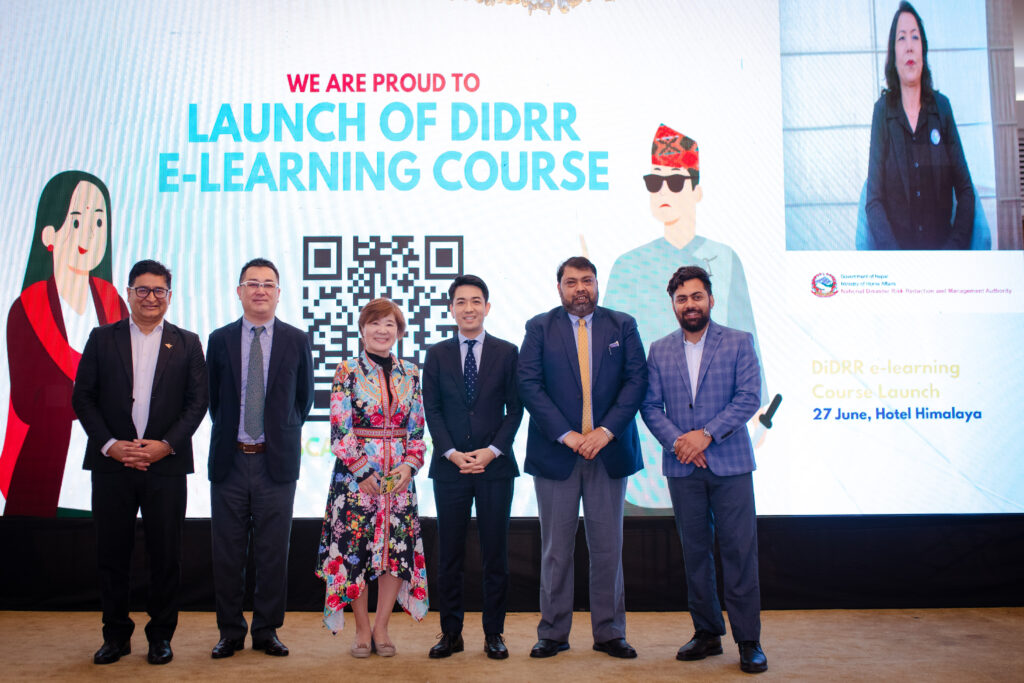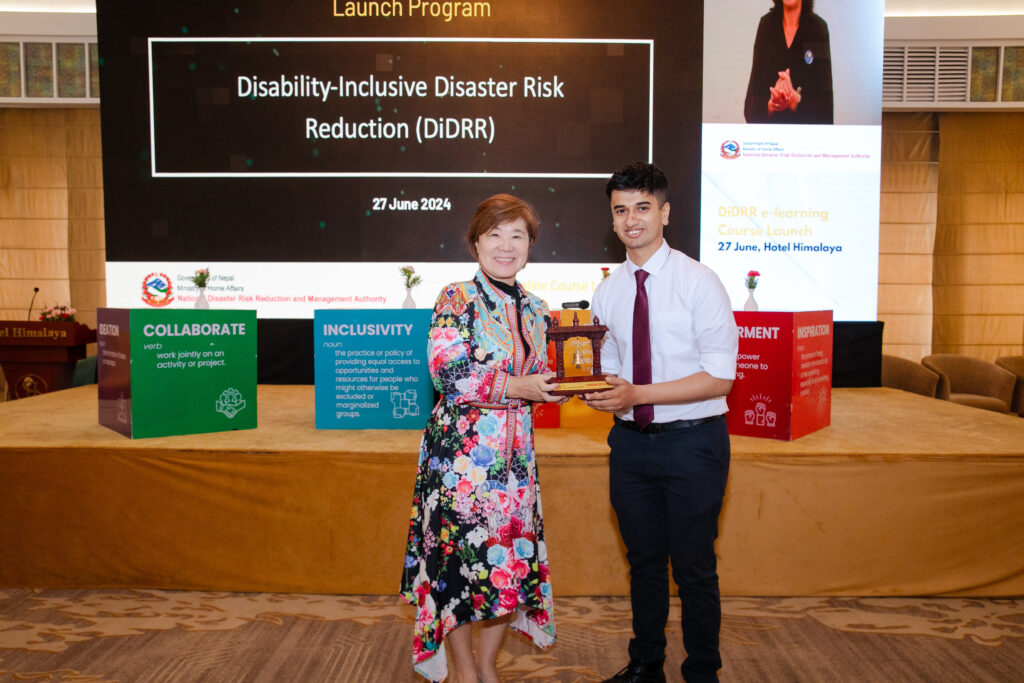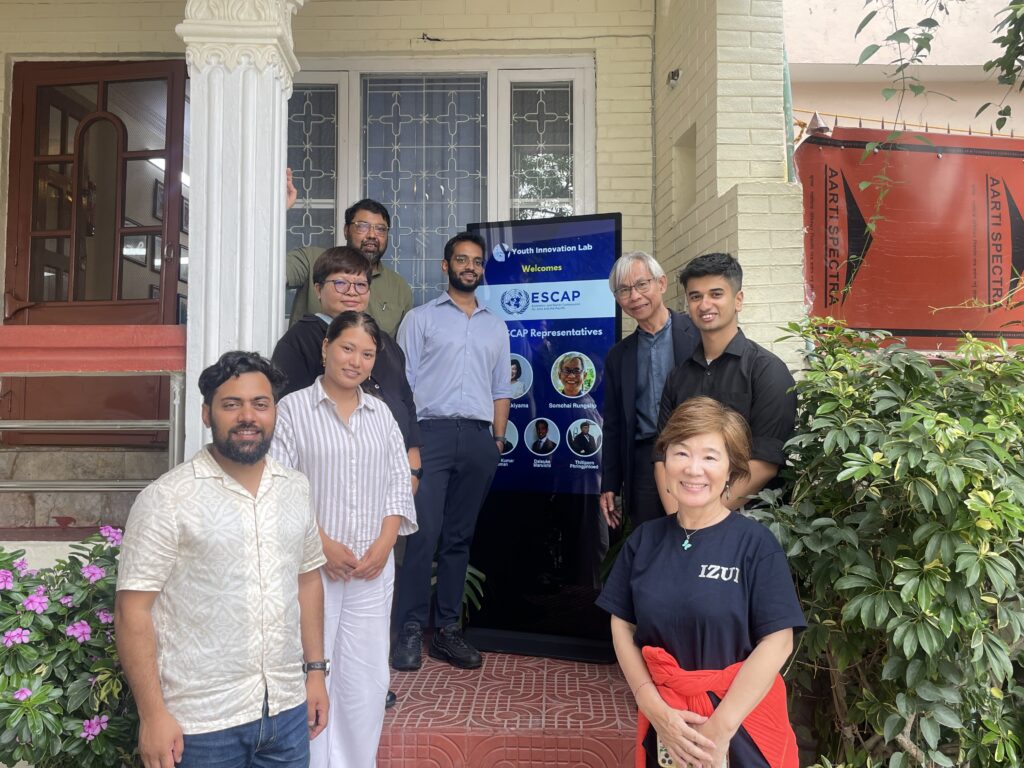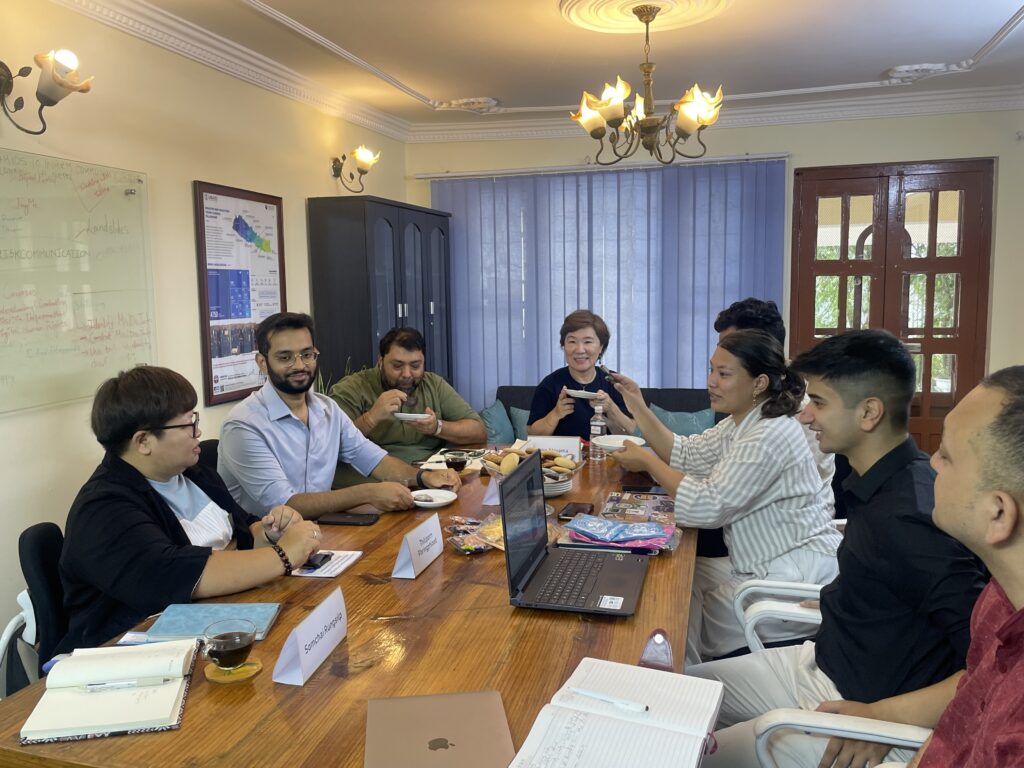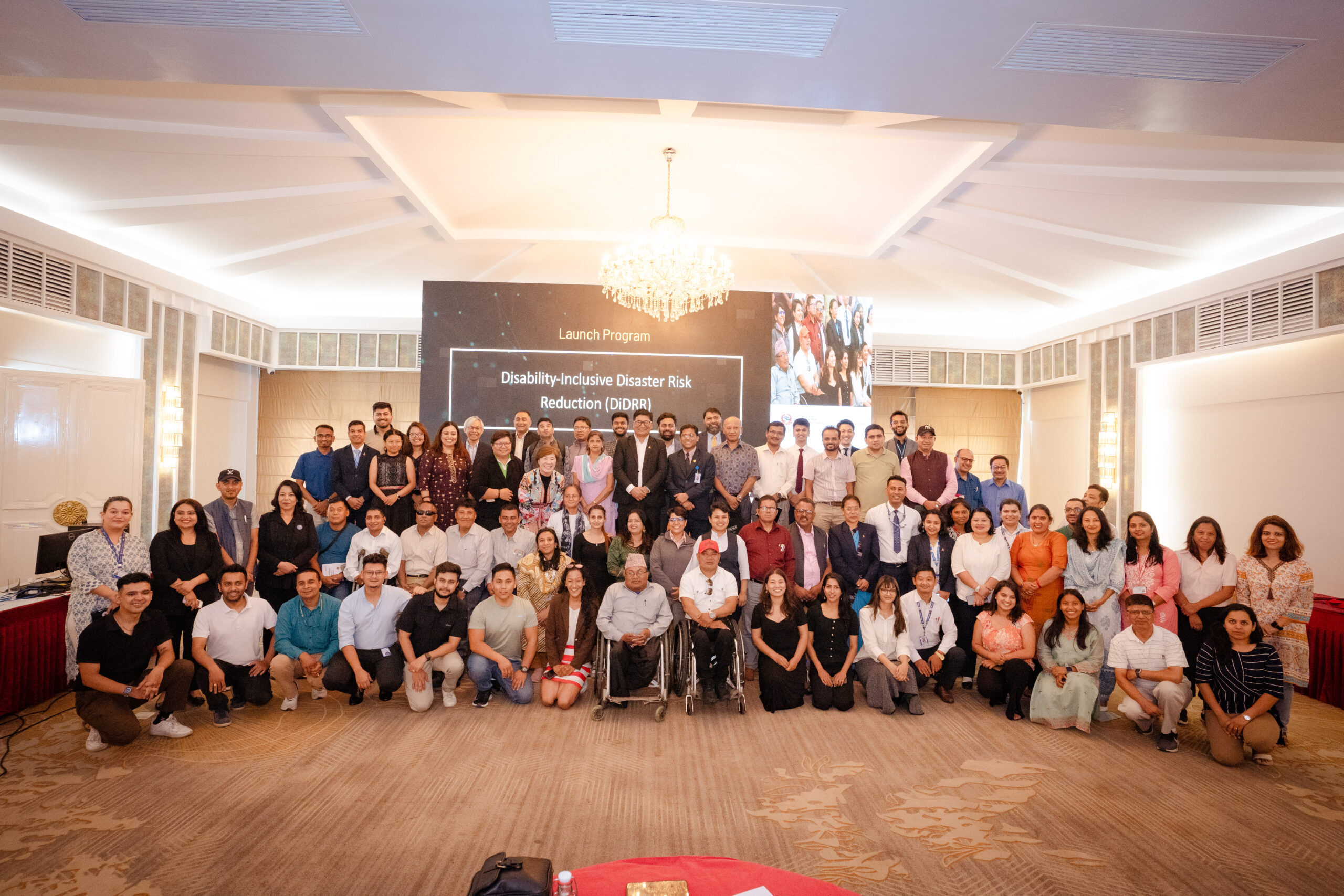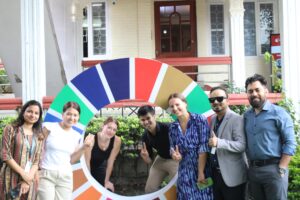When people think of Disaster Risk Reduction (DRR), they think: hazard maps, evacuation drills, and maybe, if they’re particularly well-read, a 300-slide PowerPoint with Times New Roman text.
But in 2023, I was handed a challenge that required none of that, and all of that.
We were tasked with building a Disability-Inclusive Disaster Risk Reduction (DiDRR) e-learning course that didn’t just tick boxes, but actually taught something. Something that even a municipal officer in remote Nepal, far from Wi-Fi, LMS portals, or corporate training jargon could understand, relate to, and apply.
Making Accessibility Accessible
The first roadblock? Most DRR training content is in English.
The second? Most of it is dry enough to trigger a drought.
So we flipped the script.
We created two fictional animated characters—one with a visible disability, the other a curious learner, and wove them into an interactive story that traveled through disaster scenarios across Nepal. We didn’t just “translate” the content into Nepali; we Nepalified it.
Think: Relatable visuals of local terrain, not generic stock landscapes. Dialogues that sounded like your dai or didi talking, not a UN policy memo. Color, humor, audio narration, and design thinking.
We worked closely with NDRRMA (Nepal’s Home Ministry) and in collaboration with UNESCAP to make this e-learning course not only inclusive in content, but inclusive in spirit. Everything was translated, localized, and built for real engagement, with interaction, storytelling, and culturally grounded examples that made people laugh, think, and retain.
One moment sticks with me. A local official, during a feedback session, said:
“You know, I used to think building ramps and wider exits was just ‘for disabled people.’ But now I see, when you do that, you help everyone. Pregnant women, children, even me with my bad knees during an earthquake drill.”
For me, this project wasn’t just about building a course, it was about unlearning. About realizing how often we design for the “default” person in the room, and how much gets left out because of it. I didn’t grow up thinking about disability inclusion. But somewhere between script drafts, voiceover edits, and that one animated goat refusing to cooperate, I saw it differently. Designing for the margins didn’t water things down, it made everything sharper, kinder, better. And now, I can’t unsee it.
Link to course : https://elearning.ndrrma.gov.np/enrol/index.php?id=17
